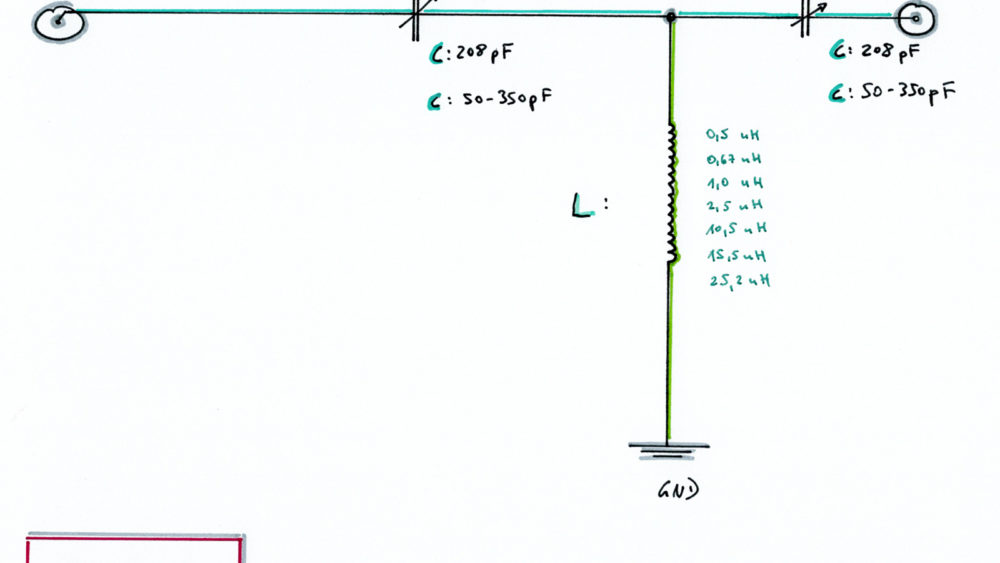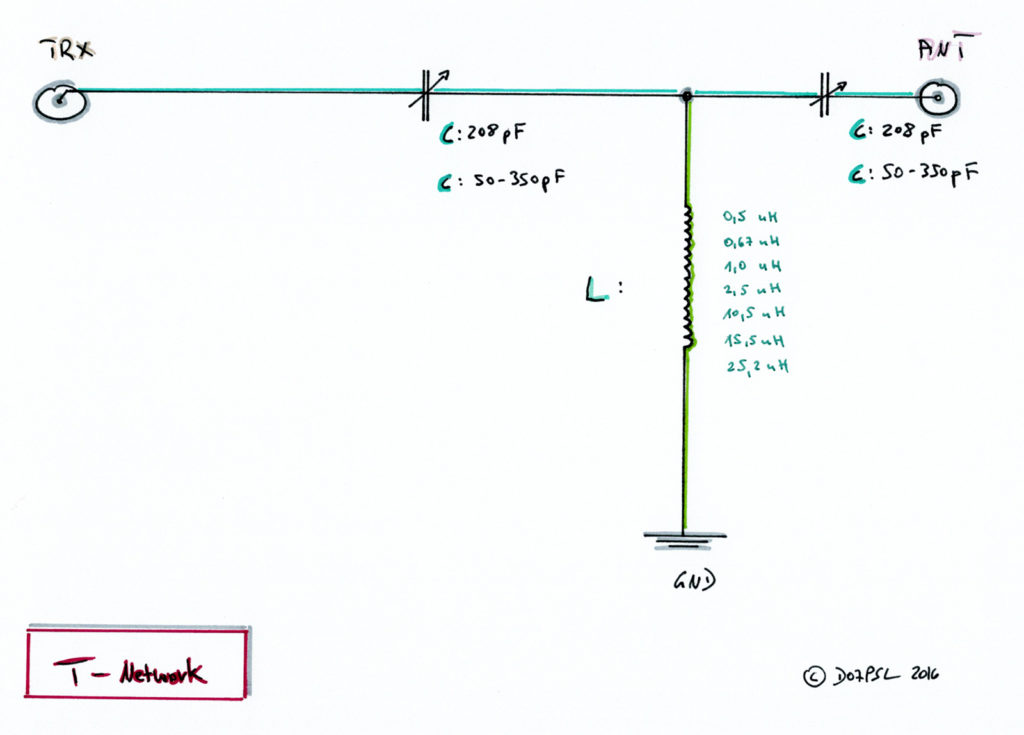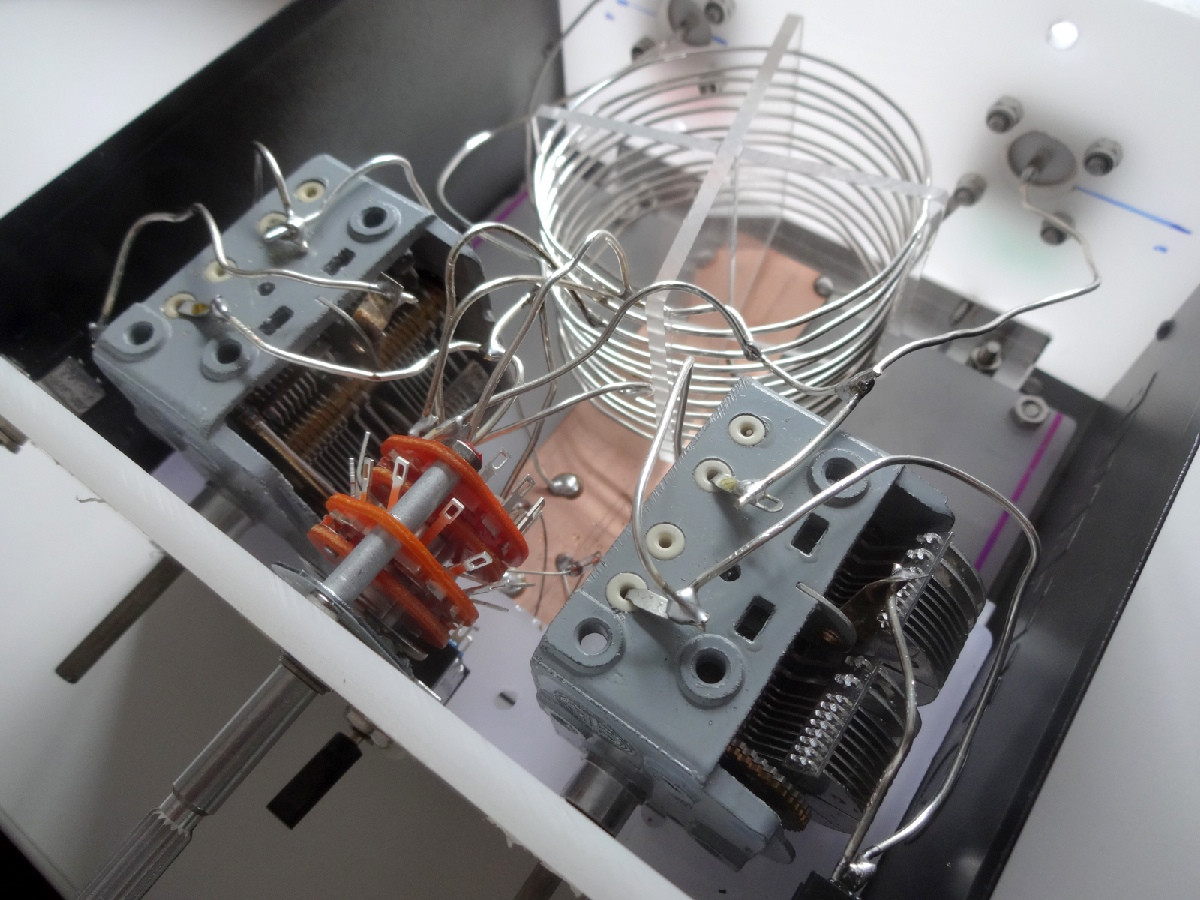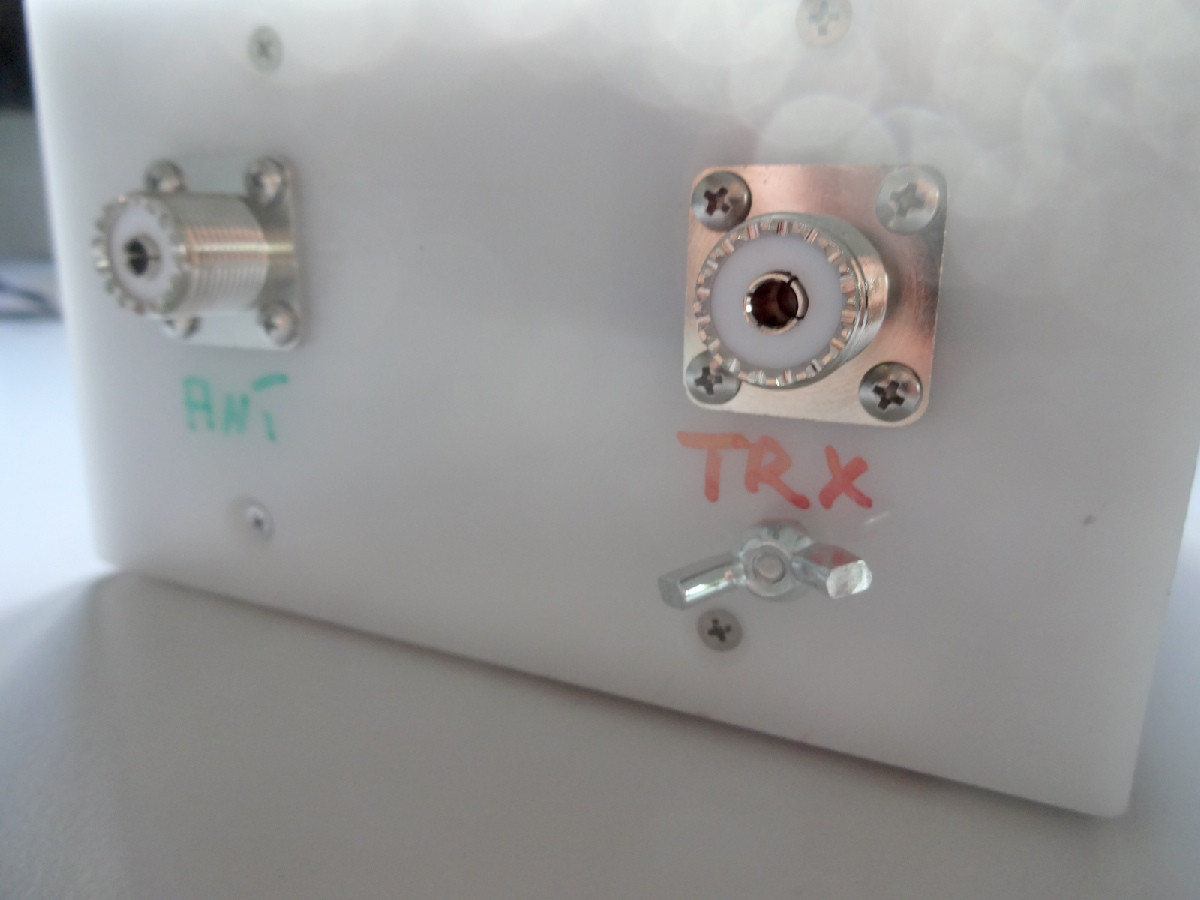There is a reason why the T network tuner has enjoyed more popularity than an L network tuner.
First, the advantage to an L network tuner as opposed to a T:
Because there are only two variable components, there is only one setting of each which will provide a perfect match to a given load impedance, and this unique setting automatically provides the lowest network Q possible. Low Q means low circulating currents, hence low loss, and it also provides the widest frequency bandwidth of operation before re-tuning is necessary.
Since the inductor is always parallel, the L network always provides a two-pole lowpass response to provide harmonic rejection.
You can more easily achieve a 1:1 SWR with an tuner other than an L network, but is more likely you’re dissipating RF output within the tuner itself. The T network is not as broadbanded as an L network.
The reason the L network, despite its‘ distinct superiority to a T match, does not enjoy wider use is this: The L network requires two configurations to match all possible antenna loads. One, for impedances greater than 50 ohms, requires the capacitor to be across the antenna. The other, for load impedance of less than 50 ohms, requires that the capacitor be placed across the transmitter. Keeping in mind that any SWR other than a perfect 1:1 match indicates a load impedance that could be either above or below 50 ohms, you will need a switching system to reverse the configuration of the tuner.
A little reading in the ARRL Handbook or the ARRL Antenna Book will give a wealth of information for this.







